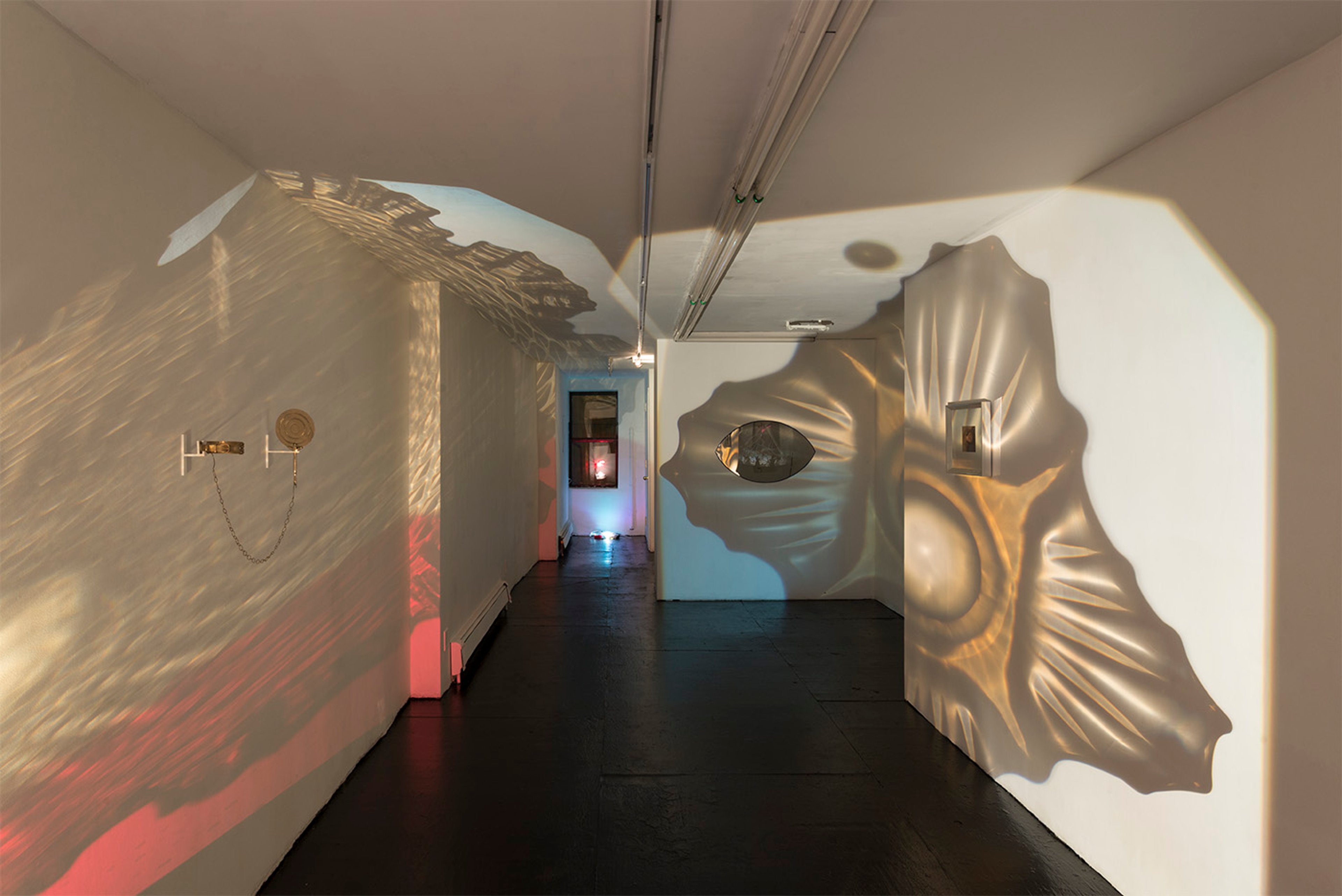
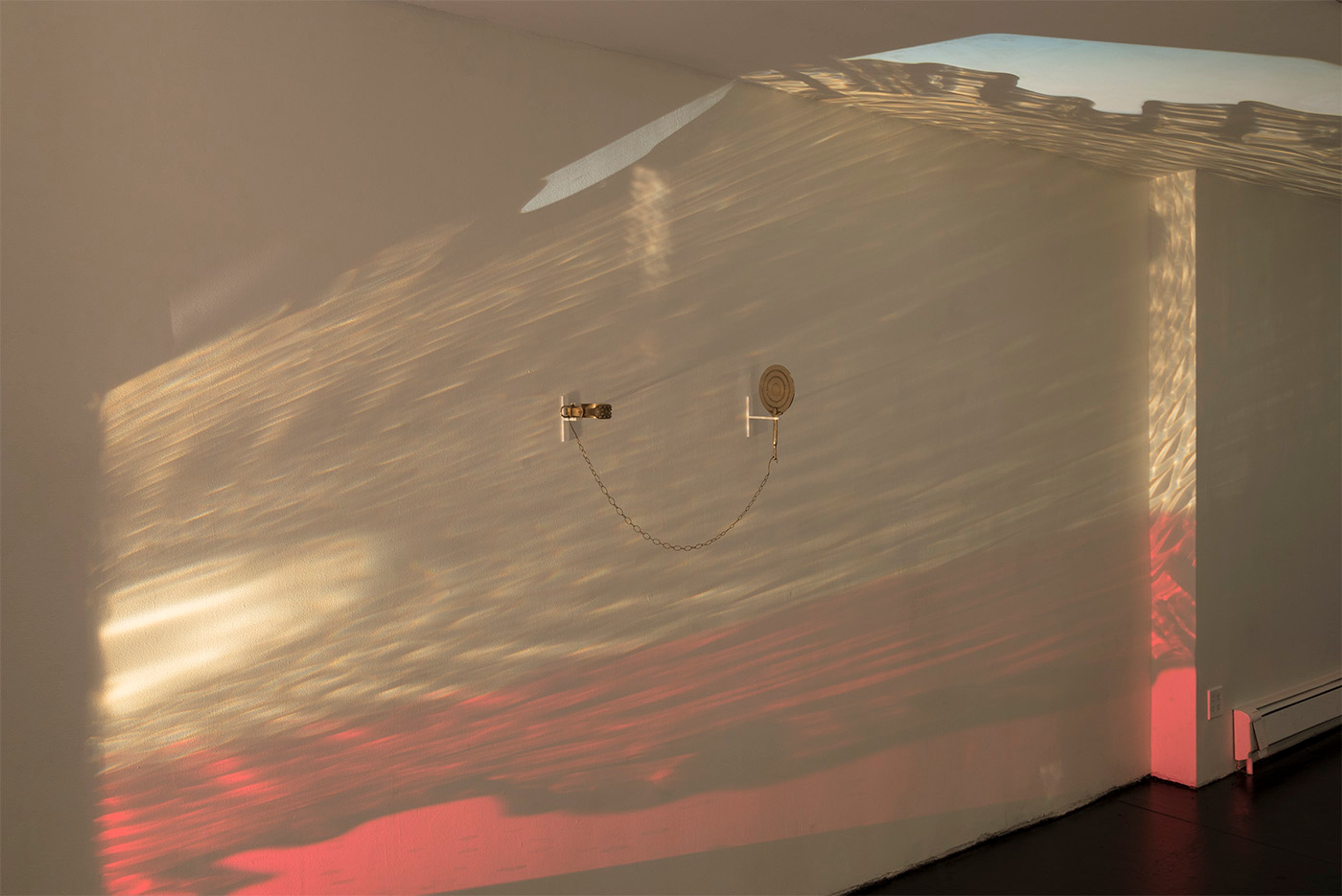
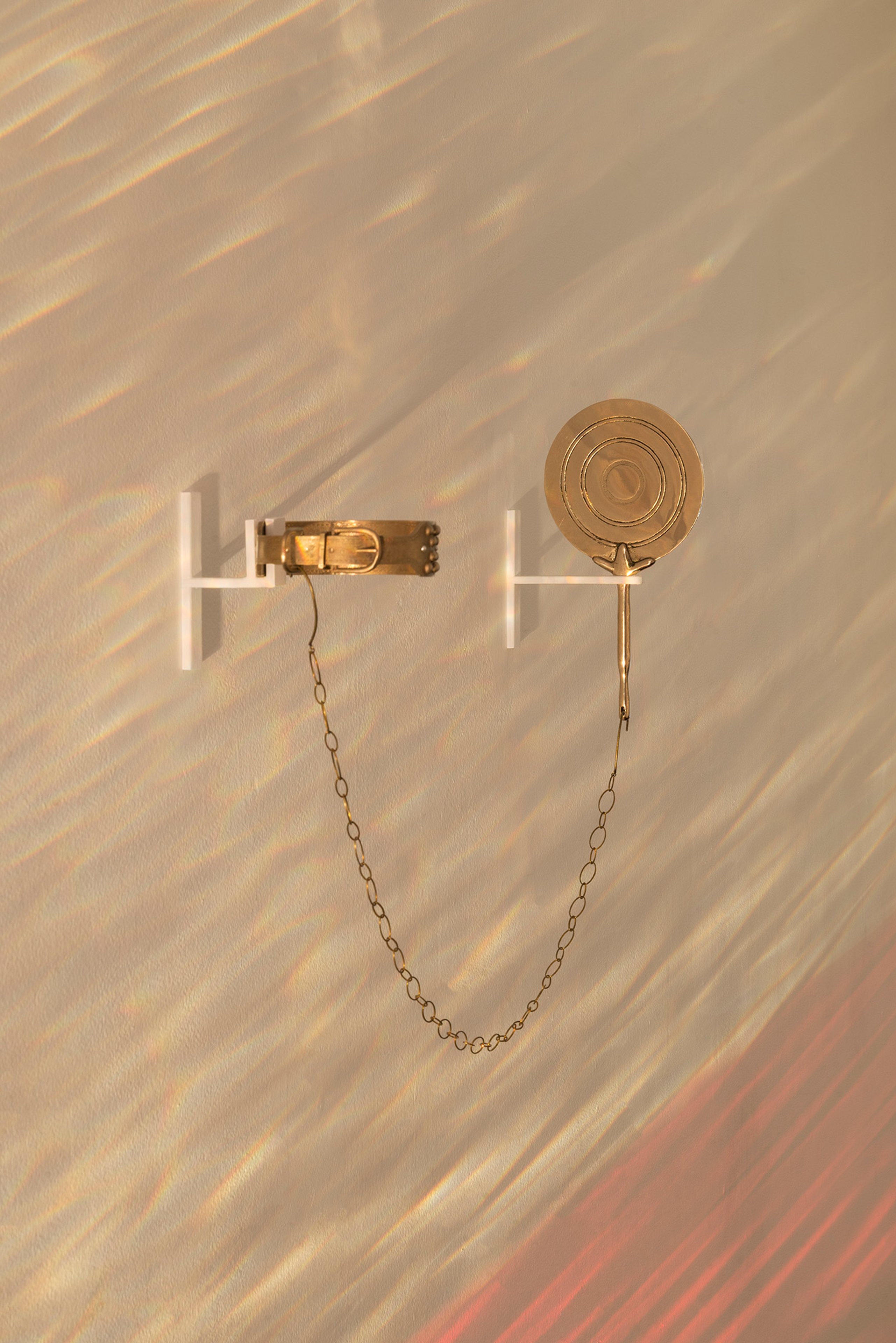



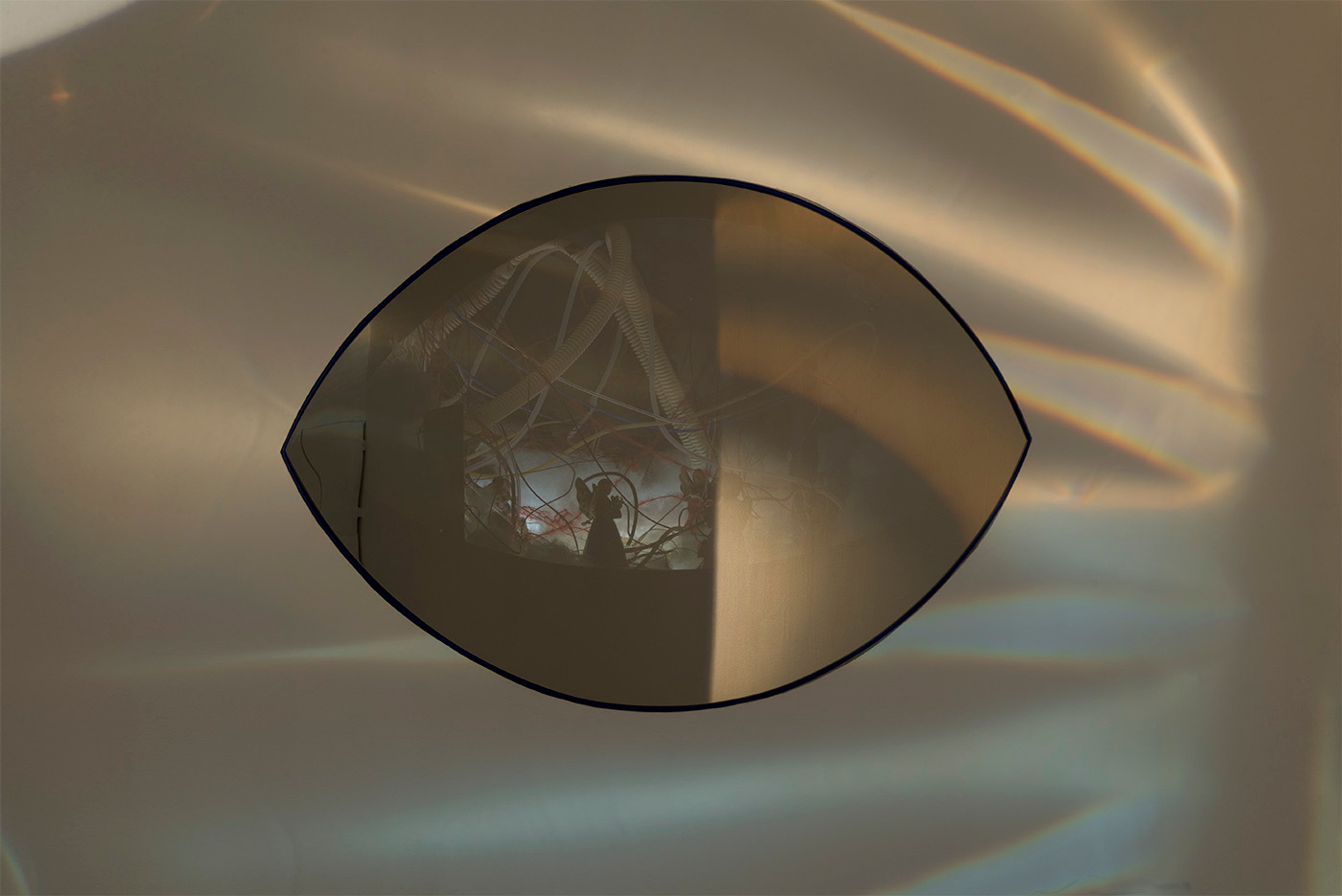
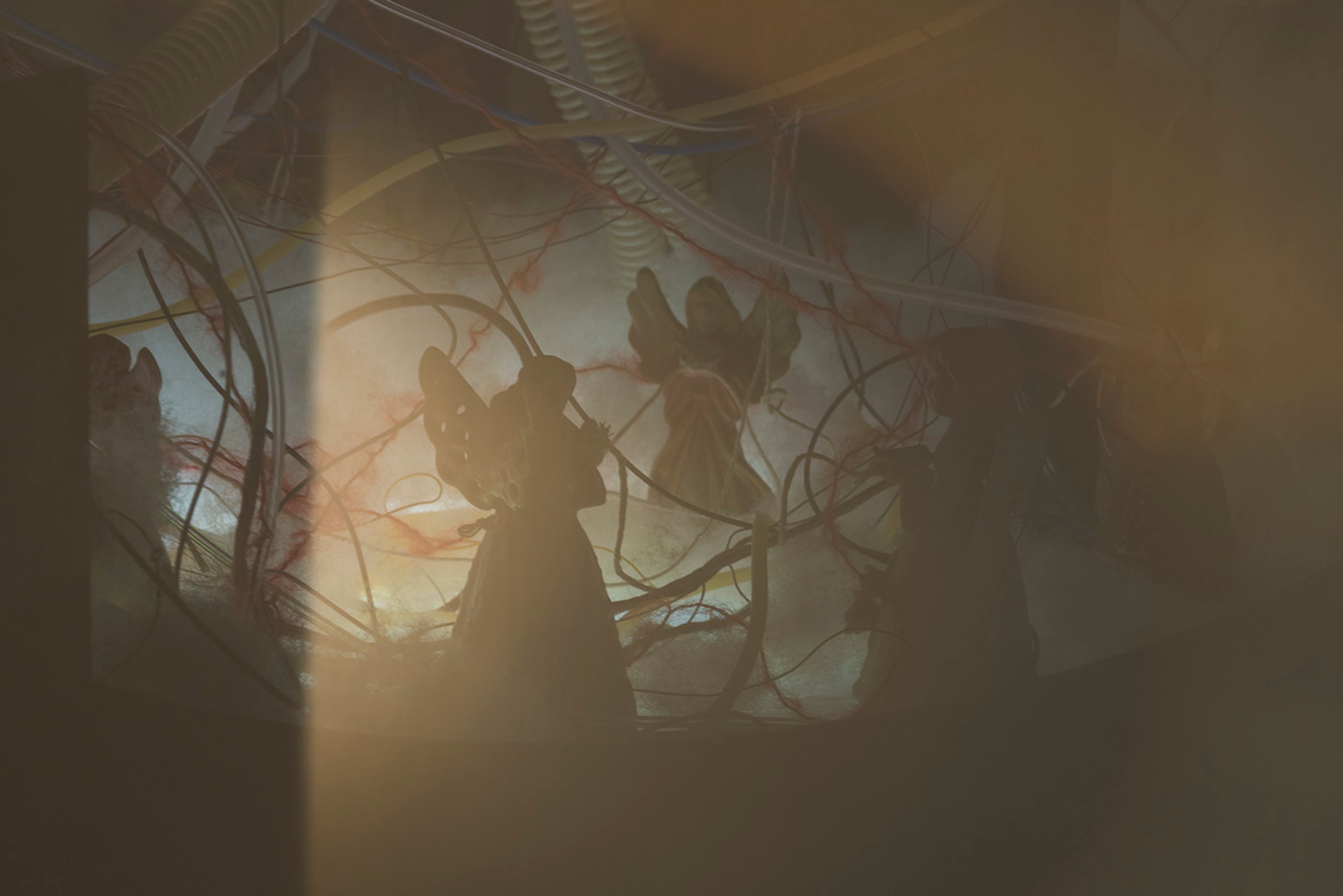
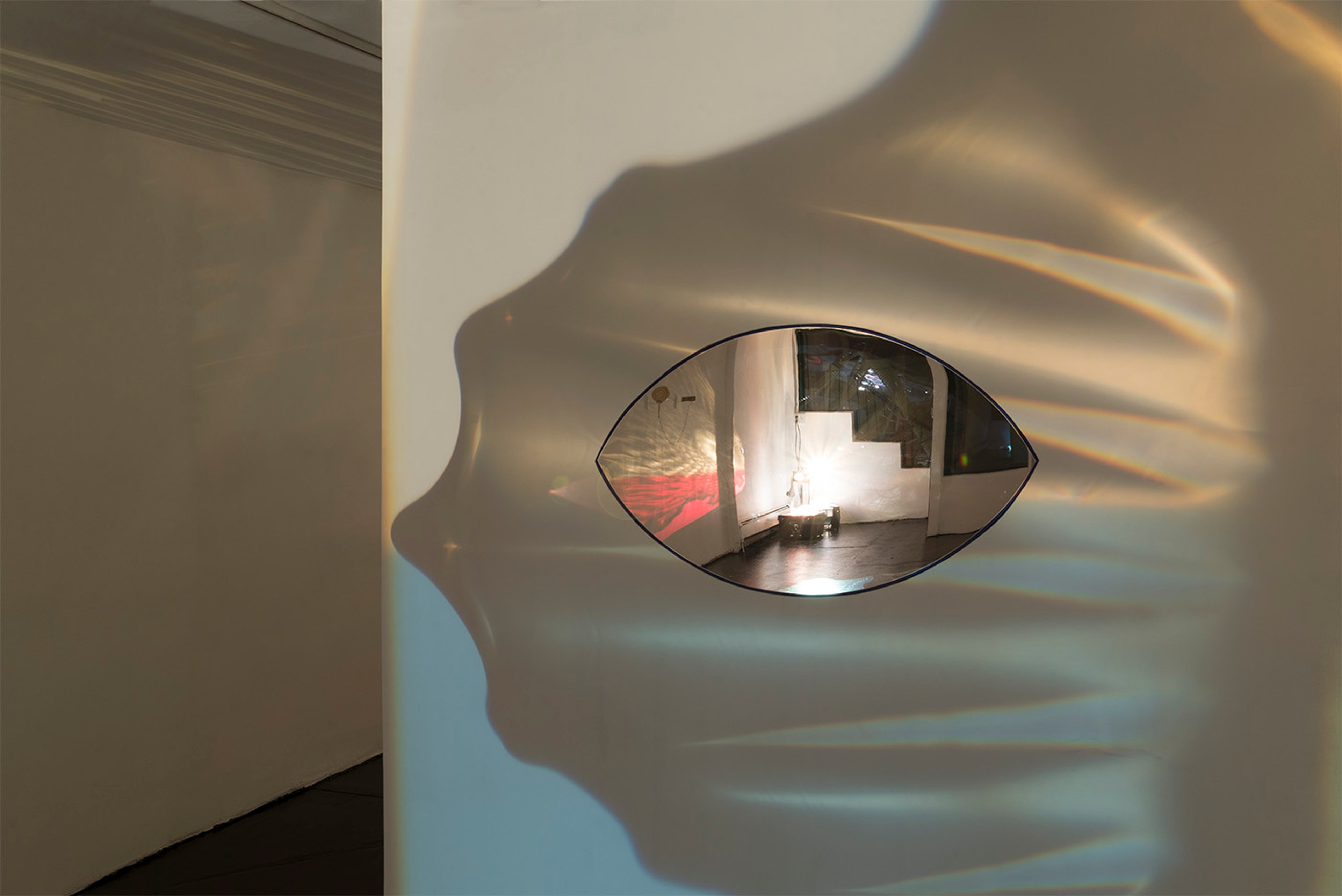
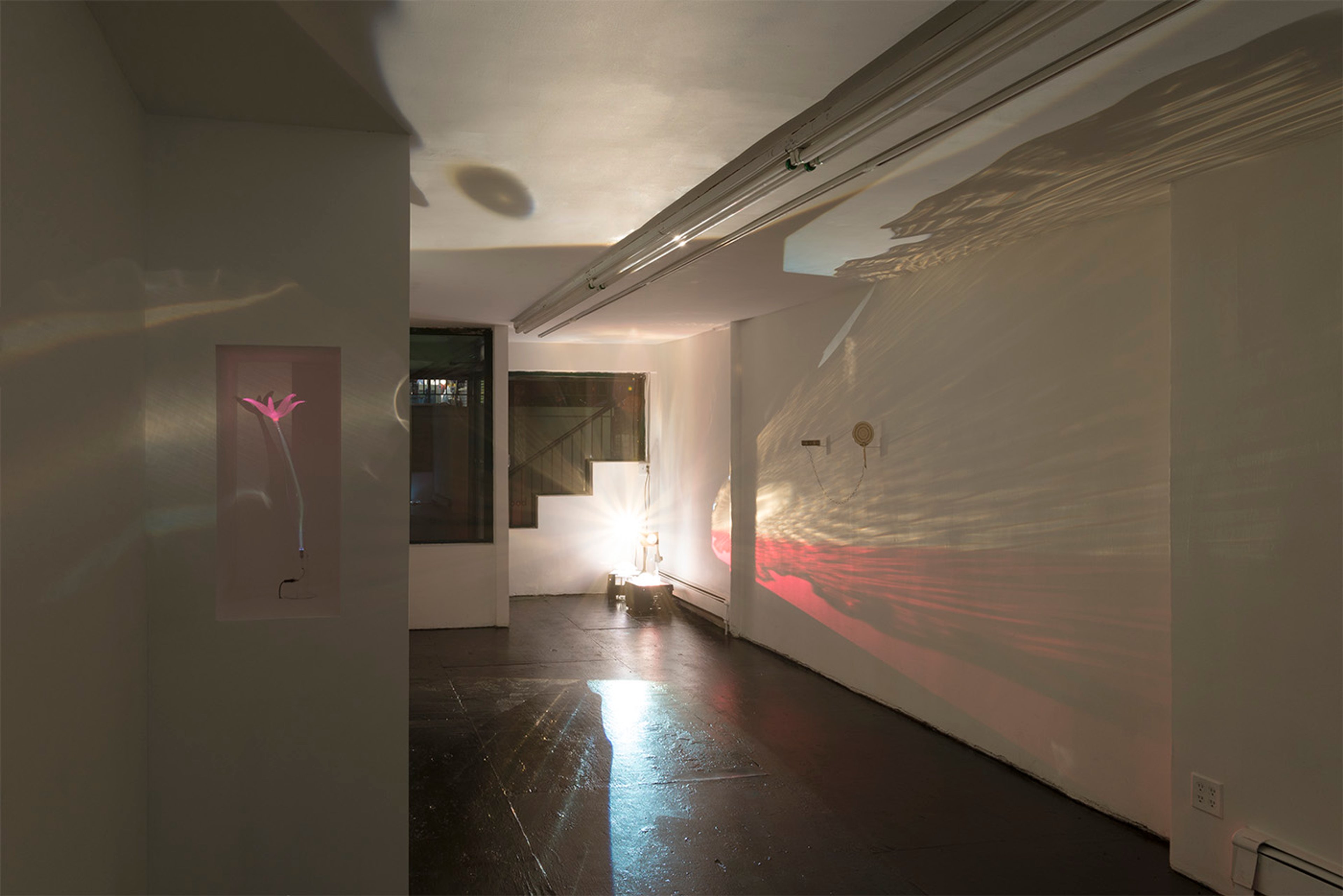

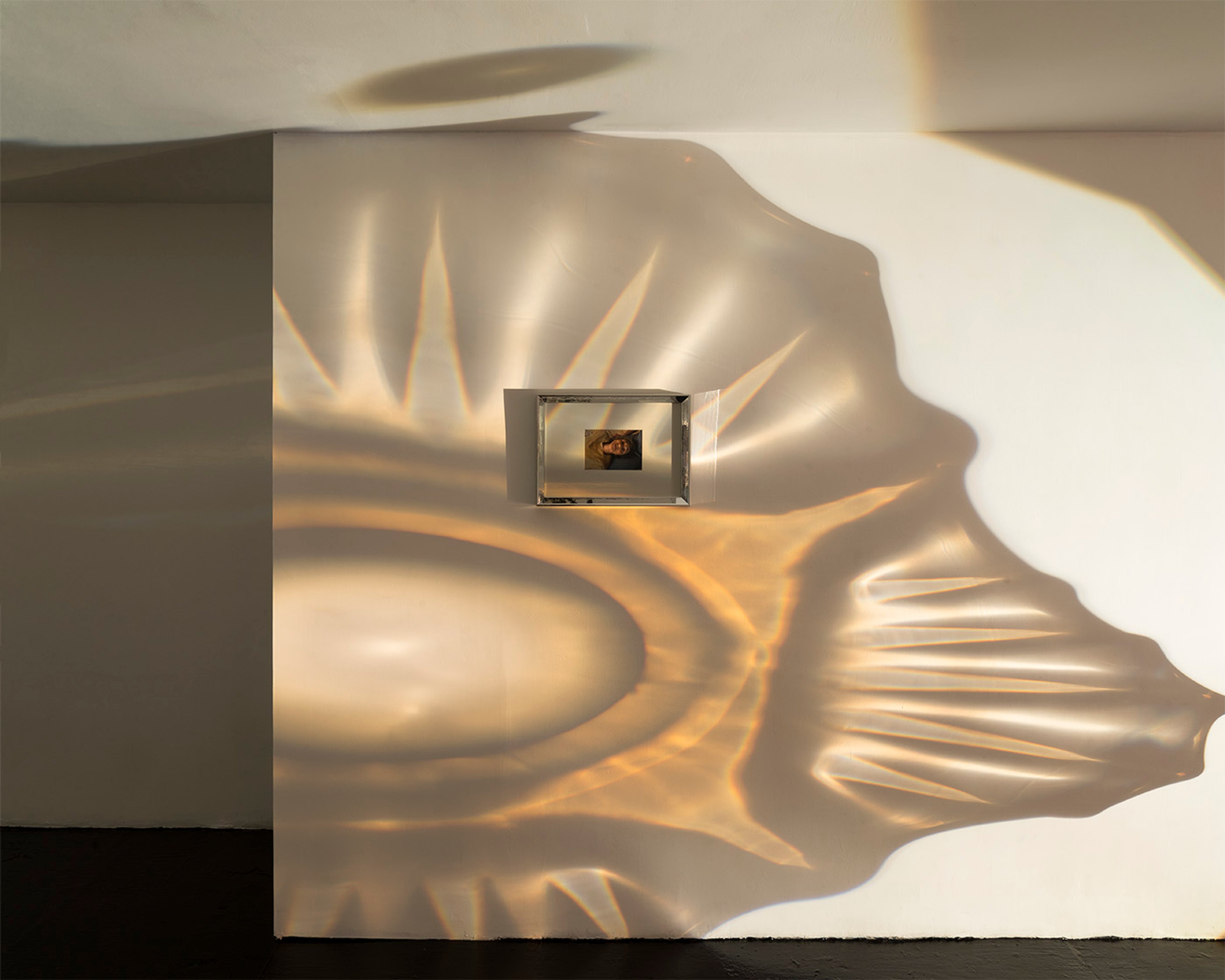
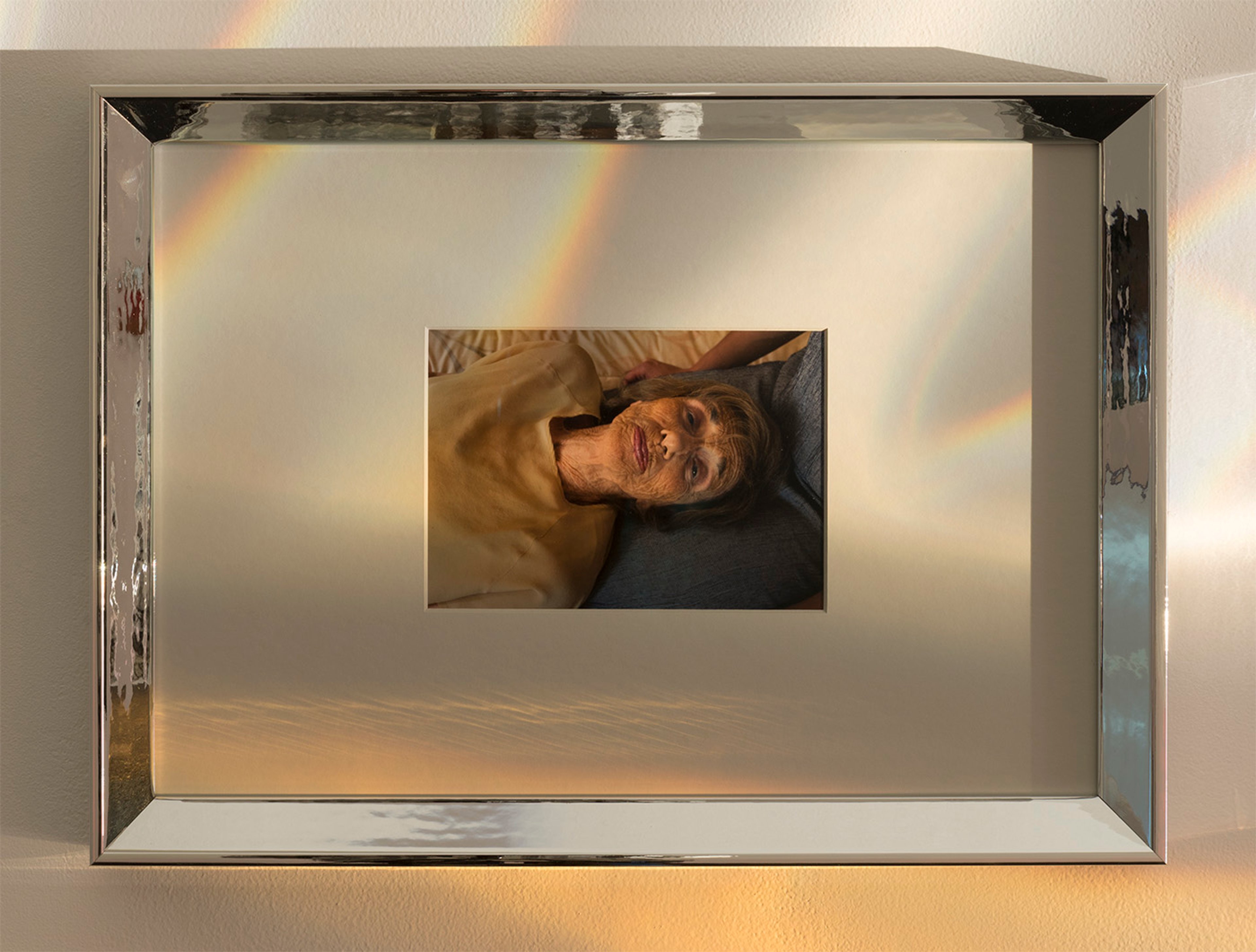
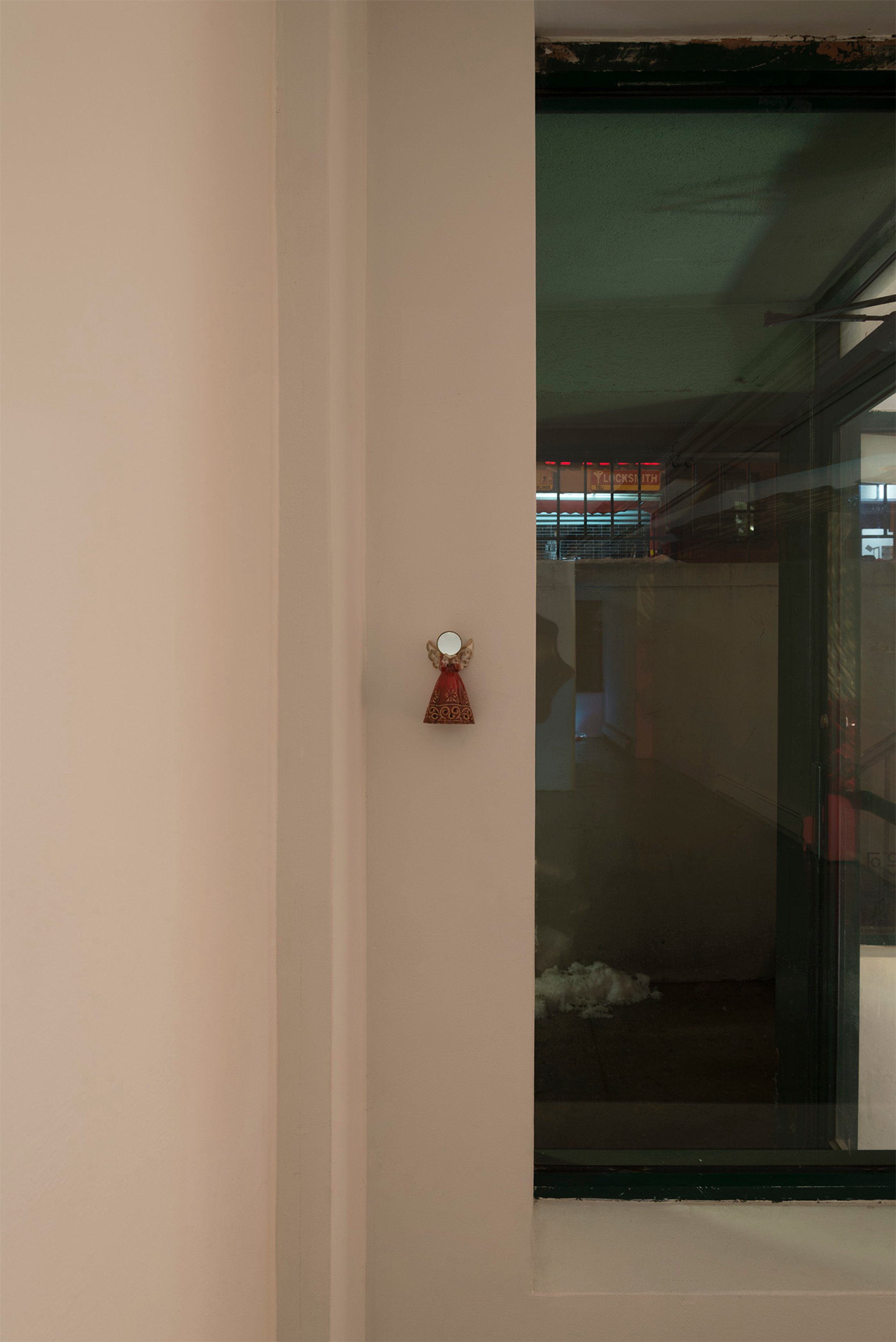
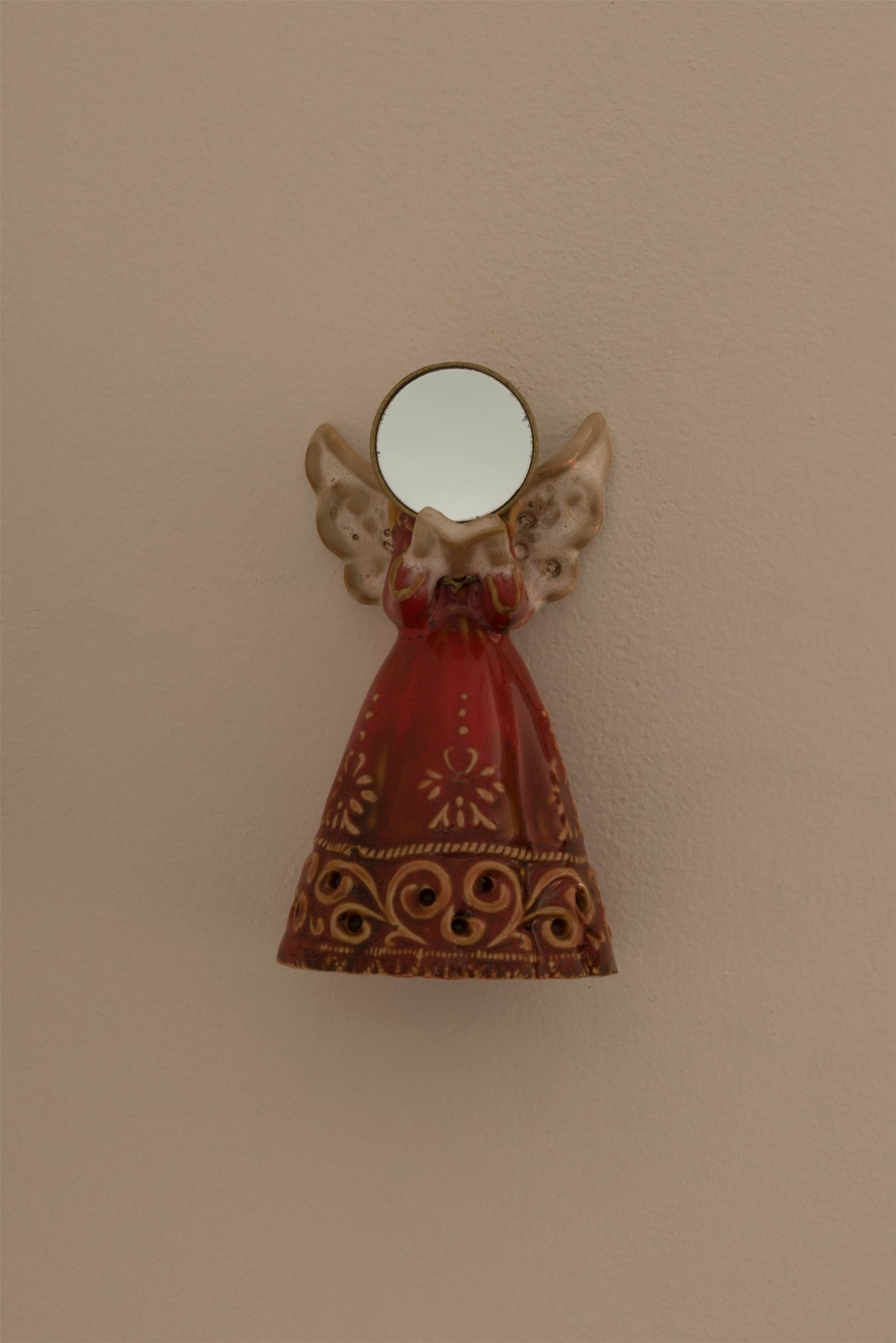
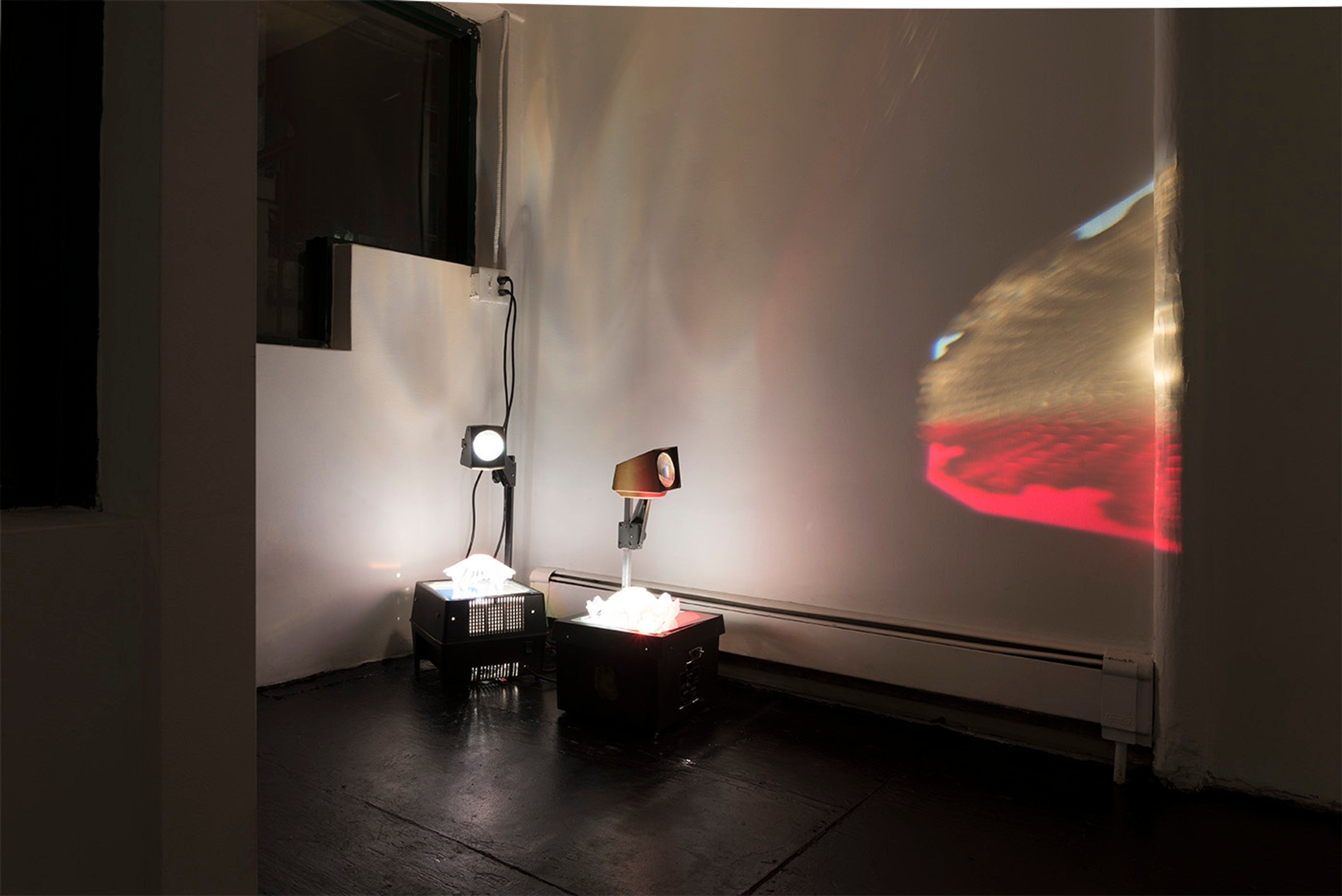
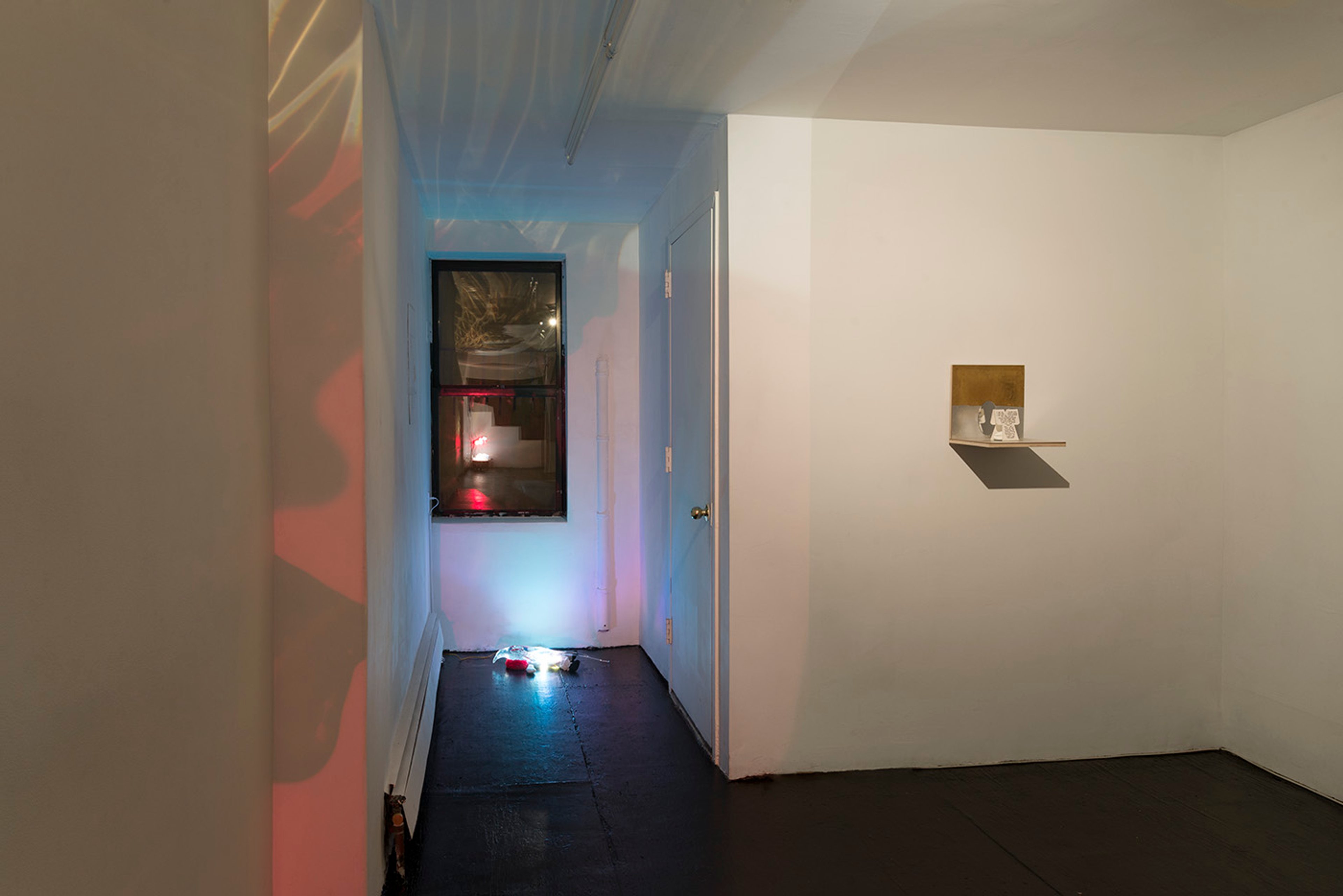
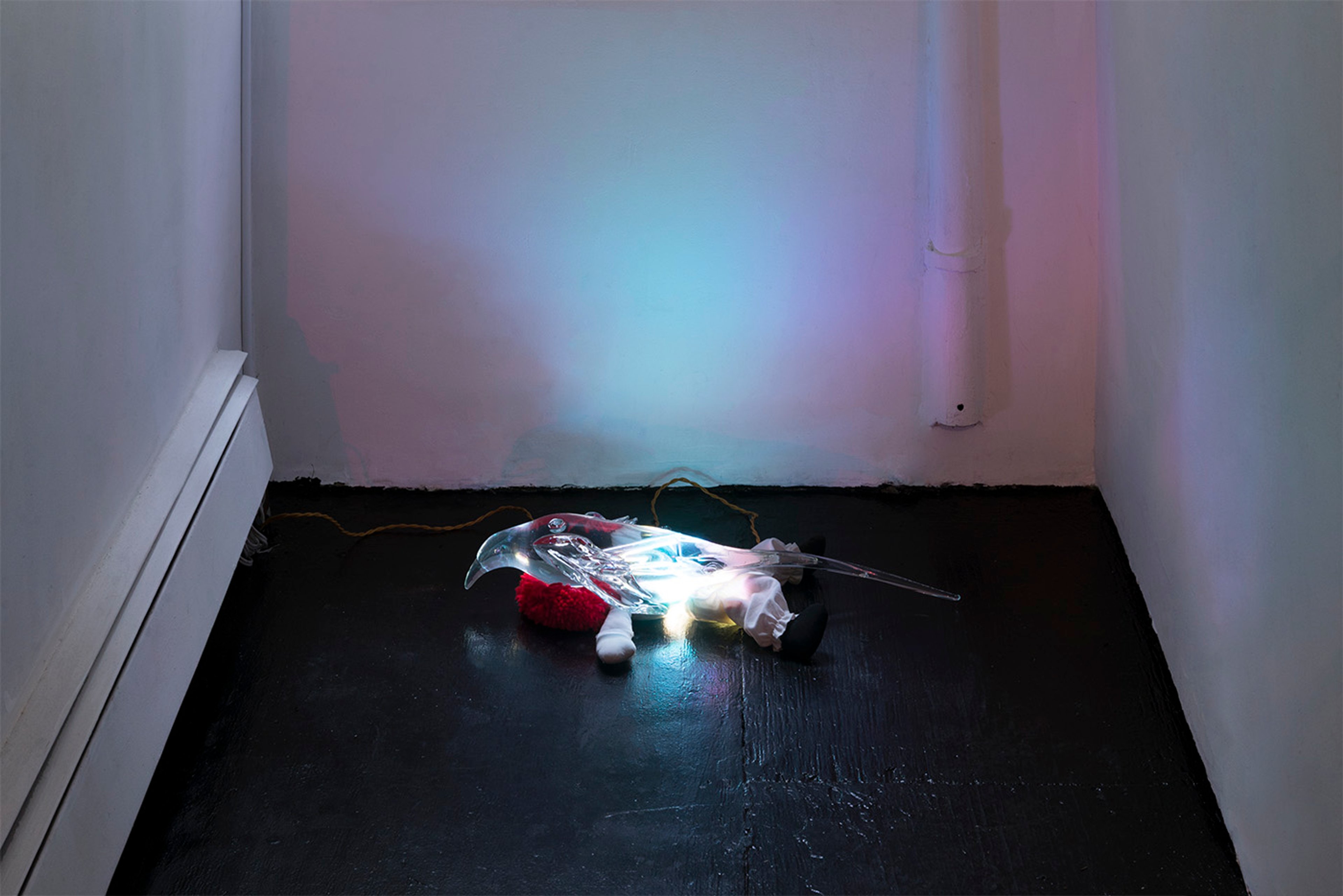
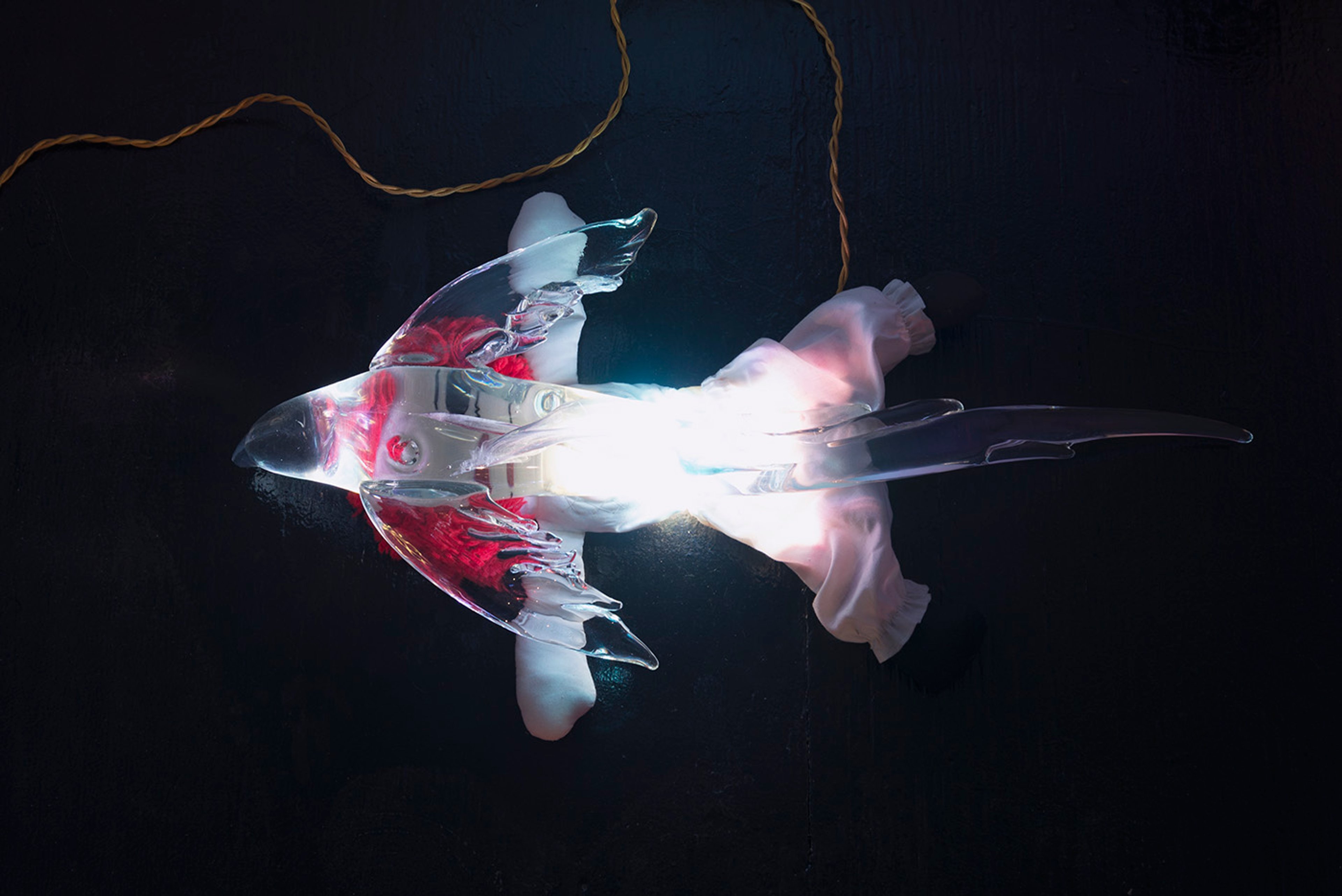

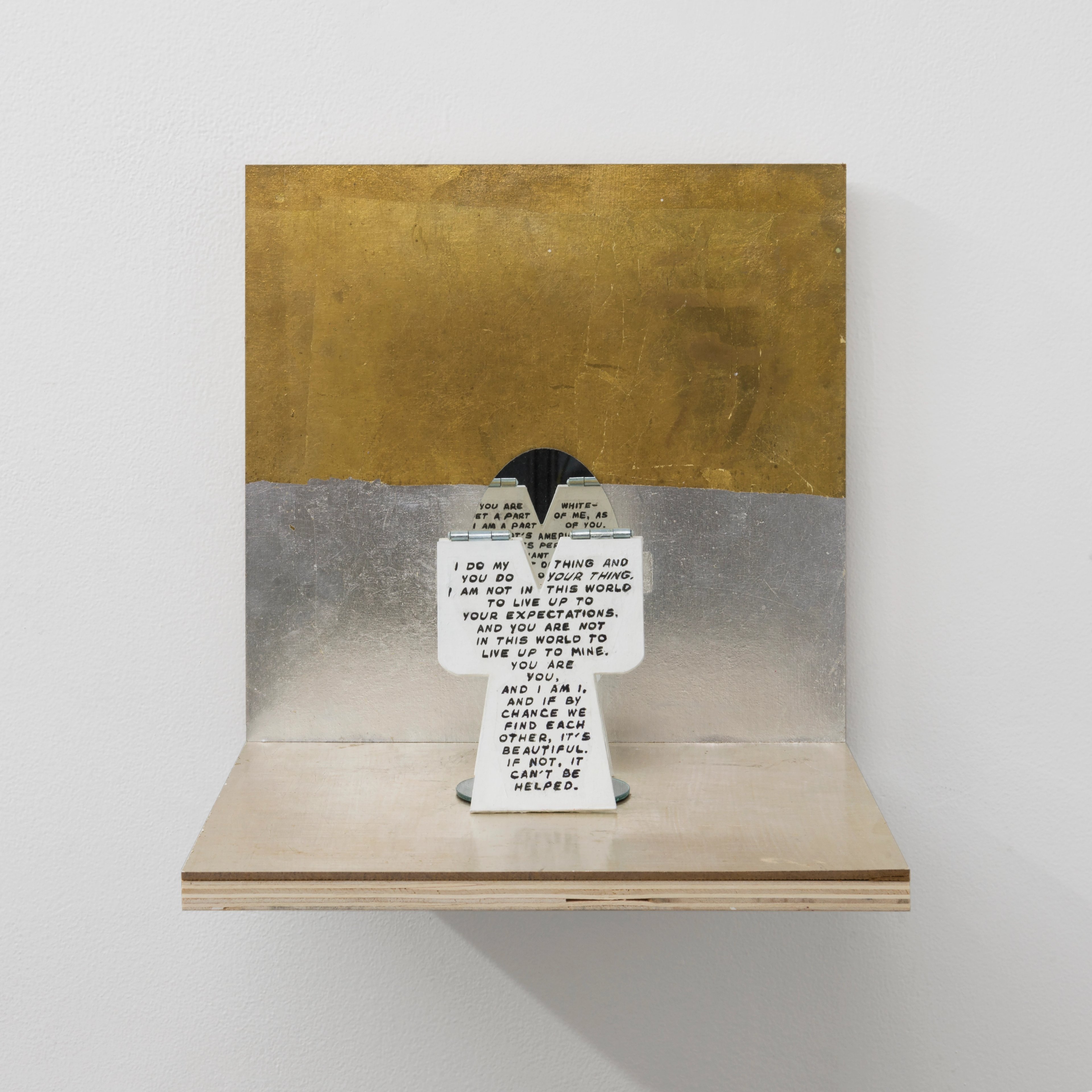
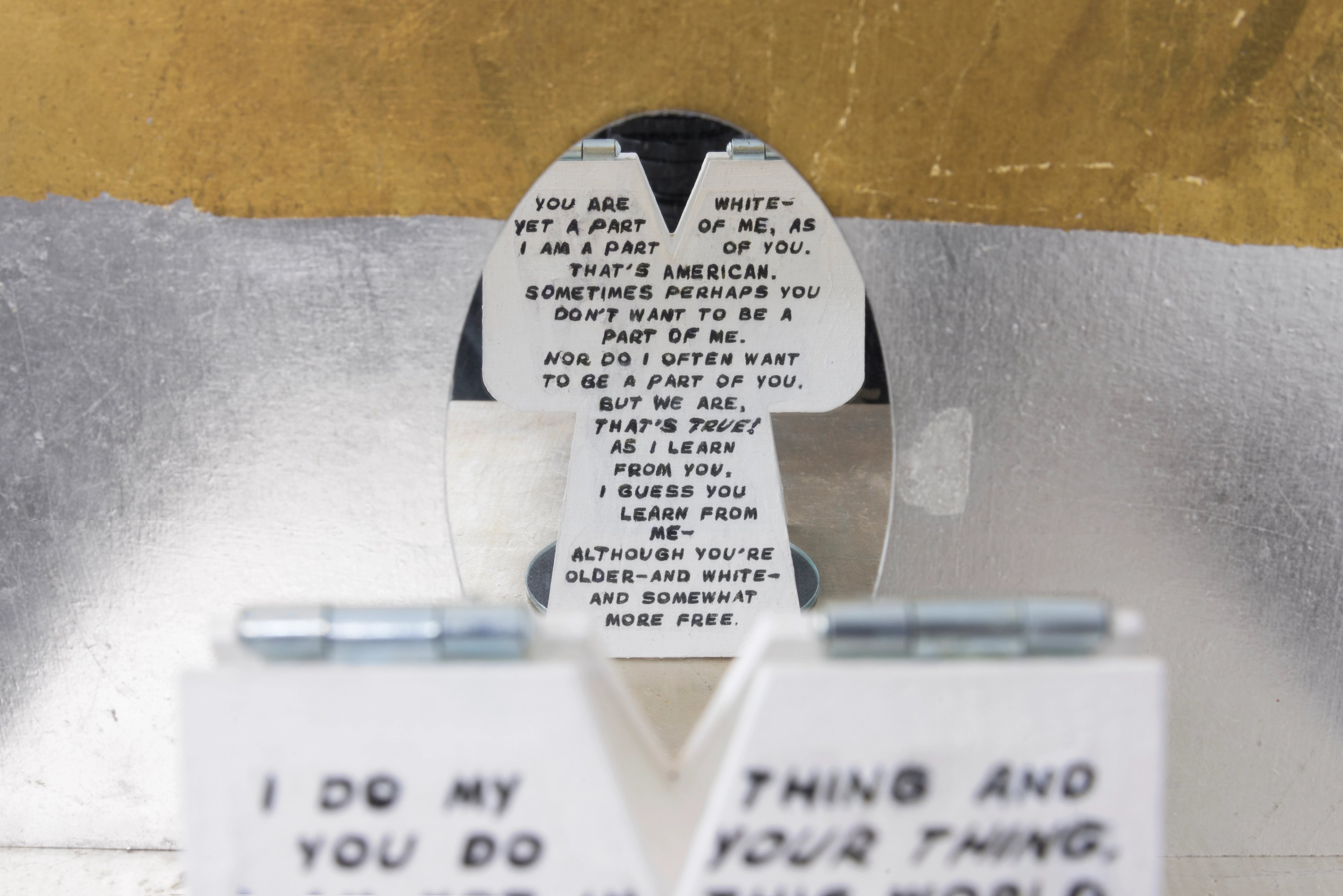
In the Book of Malachi and the statements of R. Shila the angel is a witness, an agent of surveillance; likewise, a recording angel in Judaic, Christian, and Islamic angelology takes account of a person’s actions, thoughts, and feelings. Divine protectors that are also observers, observers that are surveillors, surveillors that ensure the social order or other orders of support: whether monastic, cosmological, or of a physical language behind the liturgical scene.
Angels are said to leave material traces or questions of their materiality. For Duns Scotus they are immaterial, subject to a physics without body, but with the place, finitude, and laws that act on bodied, finite creatures. In depictions, they appear as desireless, genderless beings. In Islam, they are described as spirits blown into light analogously to humans, who are blown into form. They transform through civilizations to suit the particular vein of protection they are to embody.
“The inner life was like a haunted house. But what else could it be? It contained everything. Everything extraneous had been put into it. The entire history of the individual. Everything that had previously belonged to everybody, everything that had been collective property and had existed in the world in which everyone lived, had to be contained by the individual. It could not be expected that things would be quiet in the inner self.”—J. H. Van den Berg






















In the Book of Malachi and the statements of R. Shila the angel is a witness, an agent of surveillance; likewise, a recording angel in Judaic, Christian, and Islamic angelology takes account of a person’s actions, thoughts, and feelings. Divine protectors that are also observers, observers that are surveillors, surveillors that ensure the social order or other orders of support: whether monastic, cosmological, or of a physical language behind the liturgical scene.
Angels are said to leave material traces or questions of their materiality. For Duns Scotus they are immaterial, subject to a physics without body, but with the place, finitude, and laws that act on bodied, finite creatures. In depictions, they appear as desireless, genderless beings. In Islam, they are described as spirits blown into light analogously to humans, who are blown into form. They transform through civilizations to suit the particular vein of protection they are to embody.
“The inner life was like a haunted house. But what else could it be? It contained everything. Everything extraneous had been put into it. The entire history of the individual. Everything that had previously belonged to everybody, everything that had been collective property and had existed in the world in which everyone lived, had to be contained by the individual. It could not be expected that things would be quiet in the inner self.”—J. H. Van den Berg





















